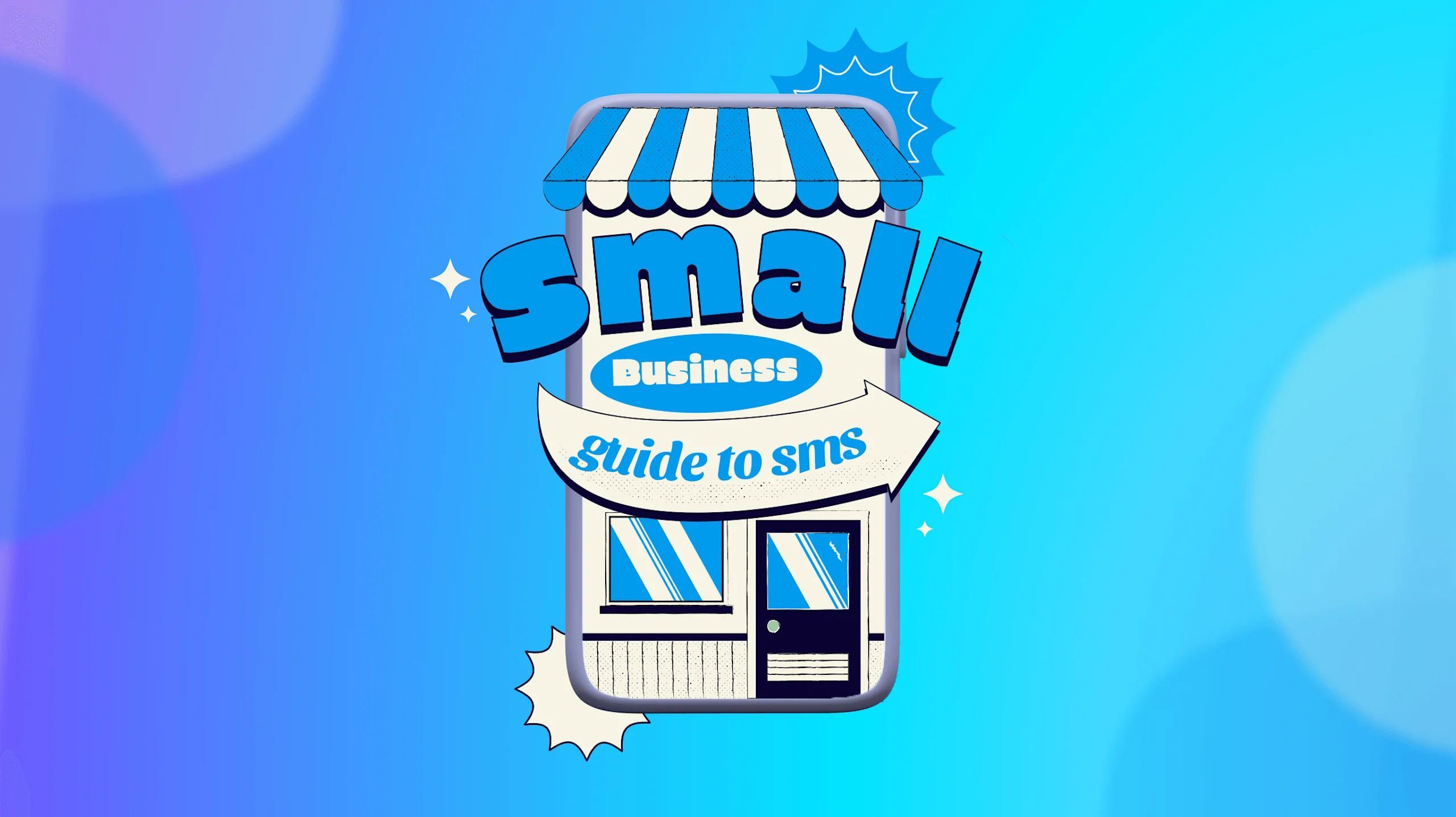The small business owner’s guide to text messaging

By Katie Helps
November 13, 2023
9 minutes
This blog was originally posted on April 21, 2023
- SMS Automation
- small business
- RCS
- text messaging stats
- Best practices
- MMS
- Email and chat
- business sms

By Katie Helps
November 13, 2023
9 minutes